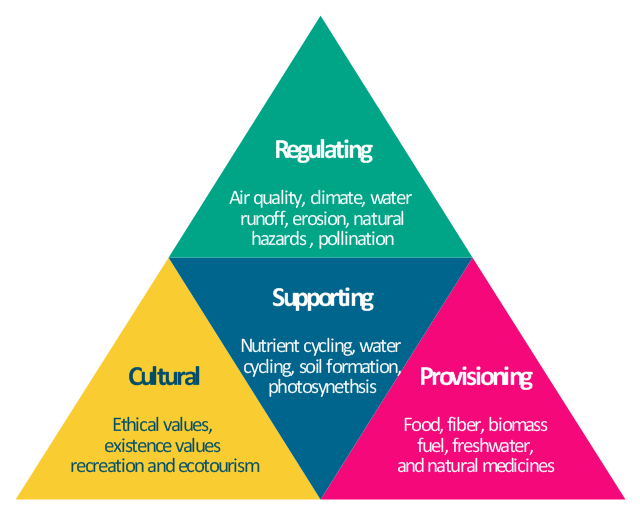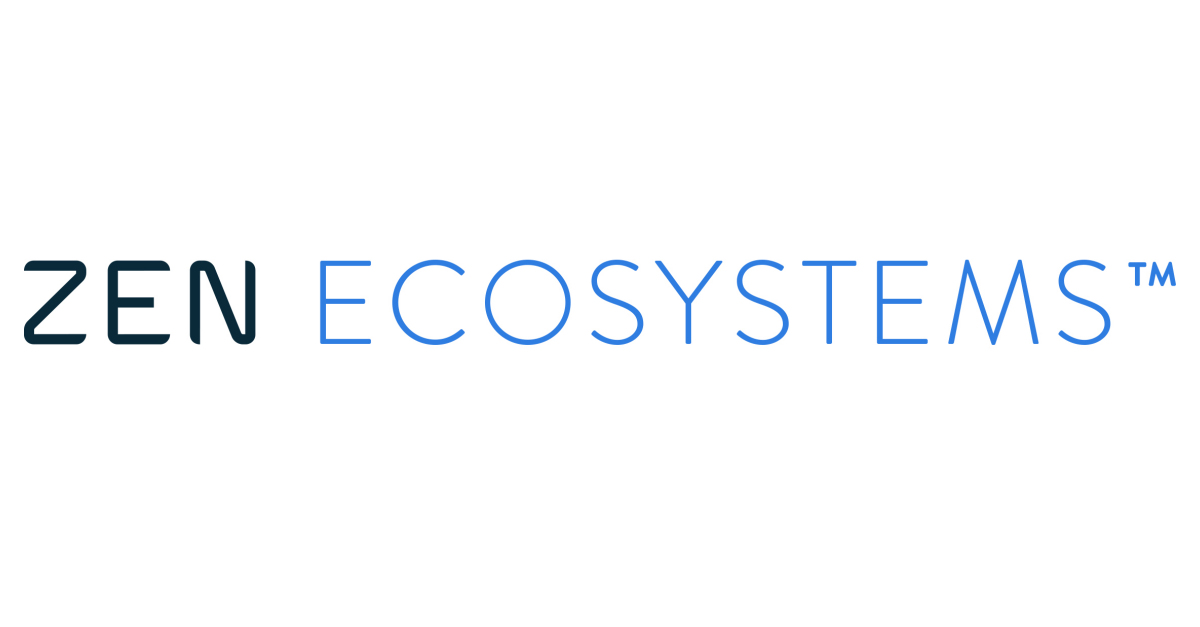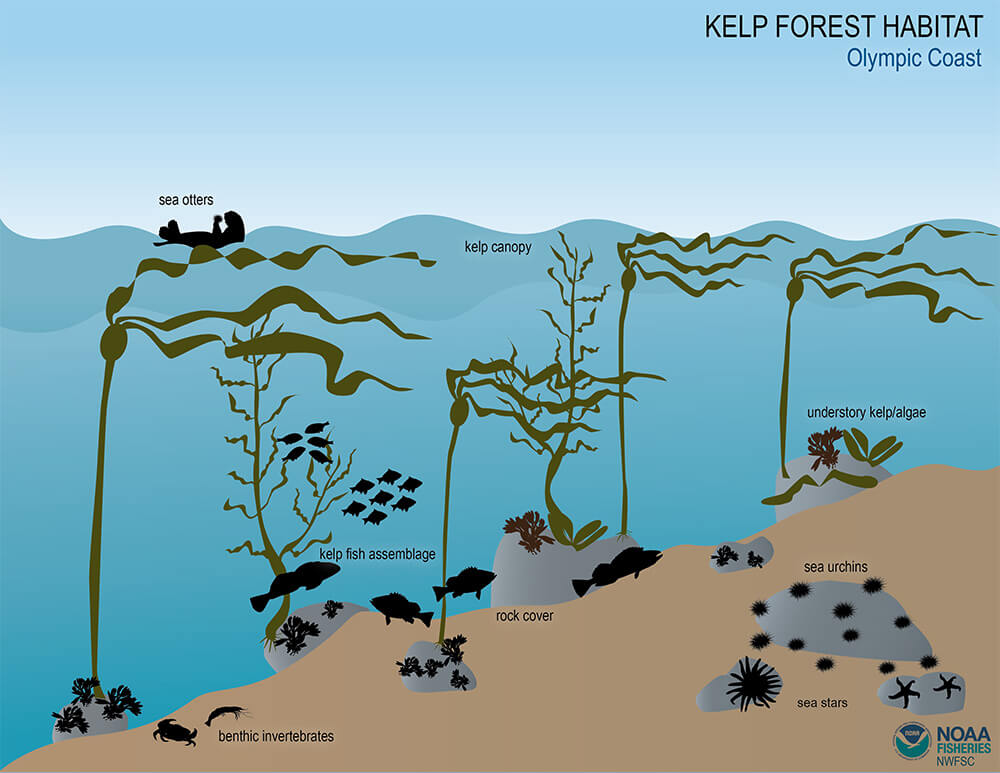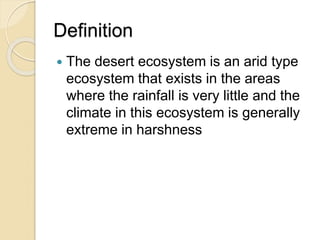Topic ecosystem services valuation: Explore the pivotal role of ecosystem services valuation in fostering sustainable development, enhancing environmental stewardship, and guiding informed policy decisions for the future.
Table of Content
- How can ecosystem services valuation be incorporated into coastal restoration projects?
- Understanding Ecosystem Services and Their Importance
- Valuation Methods: Economic, Biophysical, and Sociocultural Approaches
- Case Studies and Real-world Applications
- Payment for Ecosystem Services (PES): Mechanisms and Examples
- Controversies and Ethical Considerations in Valuation
- YOUTUBE: Valuation of Ecosystem Services: Classes of Values
- Technological Advances: Tools and Software for Valuation
- Policy Implications and Decision Making
- Future Directions and Research Needs in Ecosystem Services Valuation
How can ecosystem services valuation be incorporated into coastal restoration projects?
To incorporate ecosystem services valuation into coastal restoration projects, the following steps can be taken:
- Identify the ecosystem services provided by the coastal area, such as storm protection, carbon sequestration, water filtration, and biodiversity.
- Evaluate the quantity and quality of these ecosystem services to understand their economic value to society and the environment.
- Engage with stakeholders, including local communities, government agencies, and environmental organizations, to gather input on the importance of these services.
- Utilize tools and methodologies for monetary valuation of ecosystem services, such as market pricing, stated preference surveys, or cost-based approaches.
- Integrate the valuation results into the decision-making process for coastal restoration projects to highlight the benefits of preserving and enhancing these services.
- Educate decision-makers and the public on the significance of ecosystem services valuation in promoting sustainable development and conservation efforts.
READ MORE:
Understanding Ecosystem Services and Their Importance
Ecosystem services are the many and varied benefits that the natural environment provides to humanity. They are essential for our survival and well-being, offering everything from clean air and water to food and climate regulation. These services are often taken for granted but are crucial in sustaining life on our planet.
- Provisioning Services: These include the products obtained from ecosystems, such as food, fresh water, timber, fiber, and genetic resources.
- Regulating Services: These are benefits obtained from the regulation of ecosystem processes, including air quality maintenance, climate regulation, water purification, and flood prevention.
- Cultural Services: These encompass non-material benefits people obtain from ecosystems through spiritual enrichment, cognitive development, reflection, recreation, and aesthetic experiences.
- Supporting Services: These are necessary for the production of all other ecosystem services, such as soil formation, photosynthesis, and nutrient cycling.
The valuation of ecosystem services involves assigning a value (often monetary) to these services to highlight their importance in decision-making processes. This approach helps to ensure that we consider the full costs and benefits of actions that affect ecosystems, encouraging sustainable management and conservation efforts.
Understanding and valuing ecosystem services is a crucial step towards achieving sustainability and environmental stewardship. It emphasizes the interconnectedness of human and natural systems and the need to protect our natural resources for current and future generations.
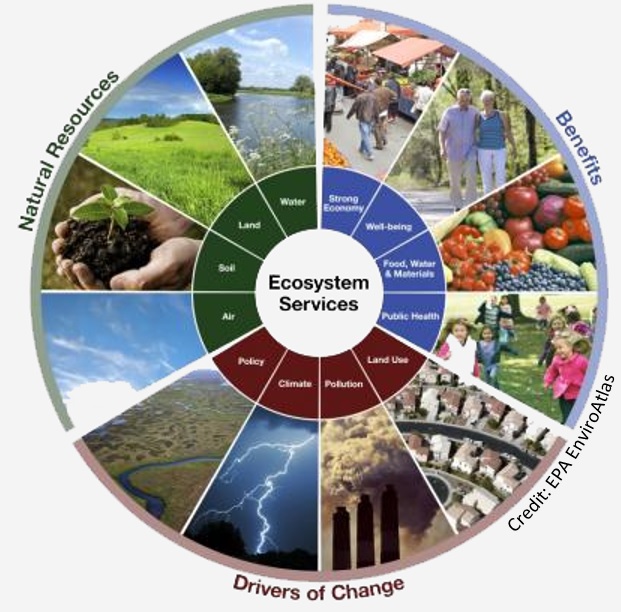
Valuation Methods: Economic, Biophysical, and Sociocultural Approaches
The valuation of ecosystem services is a complex process that involves various methods to understand and quantify the benefits nature provides. These methods can be categorized into three main approaches: economic, biophysical, and sociocultural. Each approach offers a unique perspective on the value of ecosystem services, contributing to a comprehensive understanding of their worth.
- Economic Valuation Methods:
- Market Pricing: Assigns value to ecosystem services based on market prices, such as the cost of water purification or the value of timber.
- Cost-Benefit Analysis: Compares the costs and benefits of actions affecting ecosystems to guide decision-making.
- Contingent Valuation: Uses surveys to ask people how much they would be willing to pay for specific ecosystem services.
- Choice Modelling: Offers choices between different scenarios to determine preferences and the value placed on ecosystem services.
- Biophysical Valuation Methods:
- Ecosystem Service Modelling: Uses models to predict changes in ecosystem services under different scenarios.
- Life Cycle Assessment: Evaluates the environmental impacts of products or services throughout their lifecycle.
- Sociocultural Valuation Methods:
- Participatory Approaches: Engages communities in identifying and valuing ecosystem services based on cultural and social significance.
- Photo-elicitation: Uses photographs to stimulate discussion about the value of ecosystems and their services.
- Narrative Approaches: Captures stories and testimonies about the importance of ecosystem services to individuals and communities.
Combining these methods provides a holistic view of ecosystem services" values, incorporating economic efficiency, ecological sustainability, and social equity into decision-making processes. This multi-faceted approach ensures that the full range of benefits ecosystems provide is recognized and preserved for future generations.
Case Studies and Real-world Applications
Exploring real-world applications of ecosystem services valuation illuminates the practical benefits and challenges of this approach. Here are several case studies that showcase the diverse applications and impacts of ecosystem services valuation around the globe.
- Keweenaw Peninsula, Michigan: Valuation efforts focused on understanding the economic impact of conserving natural landscapes affected by mining activities. The study highlighted the significant value of ecosystem services, such as water filtration and recreation, provided by the region.
- Costa Rica"s Payment for Ecosystem Services (PES) Program: A pioneering example where financial incentives were provided to landowners for the conservation of forest cover. This program successfully reduced deforestation rates, showcasing the effectiveness of economic incentives in environmental conservation.
- San Pedro River Watershed, Arizona: Valuation studies here helped inform water management decisions by quantifying the benefits of ecosystem services such as habitat provision, flood mitigation, and groundwater recharge, guiding sustainable development and conservation efforts.
- Urban Green Infrastructure in Cities: Evaluations of green infrastructure in urban settings, such as parks and green roofs, have demonstrated their value in improving air quality, enhancing urban biodiversity, and reducing heat island effects, contributing to healthier urban environments.
These case studies underscore the importance of integrating ecosystem services valuation into policy-making and planning. By doing so, we can make more informed decisions that balance development with the conservation of invaluable natural resources, ensuring the well-being of both the environment and human societies.

Payment for Ecosystem Services (PES): Mechanisms and Examples
Payment for Ecosystem Services (PES) is a financial mechanism designed to reward landowners and communities for maintaining or enhancing ecosystem services that benefit society at large. This approach recognizes the value of natural capital and provides direct incentives for conservation and sustainable management practices.
- Costa Rica"s PES Program: One of the first and most celebrated examples, this program compensates landowners for the environmental services their forests provide, including biodiversity protection, carbon sequestration, and water regulation.
- REDD+ (Reducing Emissions from Deforestation and Forest Degradation): An international effort to create a financial value for the carbon stored in forests, offering incentives for developing countries to reduce emissions from forested lands and invest in low-carbon paths to sustainable development.
- China"s Sloping Land Conversion Program (SLCP): Also known as the Grain for Green Program, it pays farmers to plant trees on sloping lands to combat soil erosion and improve air quality.
- The Vittel Payments for Ecosystem Services (France): A partnership between Nestlé Waters and local farmers to adopt agricultural practices that protect the aquifer used for Vittel"s mineral water, demonstrating a successful corporate-driven PES initiative.
These examples highlight the diversity of PES schemes around the world, each tailored to local ecological, economic, and cultural contexts. By aligning financial incentives with conservation goals, PES programs play a crucial role in promoting the sustainable use of natural resources, thereby securing ecosystem services for future generations.
Controversies and Ethical Considerations in Valuation
While ecosystem services valuation is a powerful tool for conservation and sustainable development, it is not without controversies and ethical considerations. These arise from the challenges of quantifying the intrinsic value of nature, potential commodification of ecosystems, and the fairness of distribution of benefits.
- Moral and Ethical Concerns: Assigning monetary value to nature can be seen as reducing the intrinsic worth of biodiversity and ecosystems to mere commodities, potentially undermining conservation ethics and the intrinsic value of nature.
- Commodification of Nature: Critics argue that viewing ecosystems through an economic lens may lead to commodification, where nature is valued only for its utility to humans, neglecting its inherent worth and the rights of other beings.
- Equity and Justice: There are concerns about the equitable distribution of benefits derived from ecosystem services. Often, the communities that have historically conserved these ecosystems may not be the ones who benefit from their valuation and monetization.
- Methodological Challenges: Valuing ecosystem services involves complex methodologies that may not fully capture the dynamic and interdependent nature of ecosystems, leading to under- or overvaluation of their services.
Addressing these controversies requires a holistic approach that respects the intrinsic value of nature, ensures equitable benefit sharing, and integrates ethical considerations into valuation methodologies. Open dialogue and inclusive decision-making processes are crucial for navigating these ethical landscapes.

Valuation of Ecosystem Services: Classes of Values
Ecosystem: Explore the diverse and fascinating world of ecosystems in our video, showcasing the beauty and complexity of nature\'s interconnected web. Witness the harmony and balance that exists within these vibrant habitats, a true wonder of the natural world. Valuation: Delve into the art of valuation with our insightful video, uncovering the methods and techniques used to determine the worth of assets and investments. Gain a new perspective on how value is assigned and the impact it has on financial decisions.
Technological Advances: Tools and Software for Valuation
The field of ecosystem services valuation has greatly benefited from technological advances, with a variety of tools and software being developed to facilitate the accurate and efficient assessment of ecosystem services. These tools utilize cutting-edge technology and methodologies to model, analyze, and visualize the value of ecosystem services, supporting decision-making and policy development.
- Integrated Valuation of Ecosystem Services and Tradeoffs (InVEST): A suite of models that helps users map and value goods and services from nature which are essential for sustaining human life. It"s widely used for scenario analysis and land-use planning.
- Artificial Intelligence for Environment and Sustainability (ARIES): An advanced modeling platform that uses artificial intelligence to build complex models of ecosystem services. ARIES can rapidly assess multiple services across landscapes and regions.
- Ecosystem Services Review (ESR): A framework for corporate managers to evaluate their company’s dependence and impact on ecosystem services, guiding more sustainable business practices.
- Toolkit for Ecosystem Service Site-based Assessment (TESSA): Offers practical guidance for conducting ecosystem service assessments at the site scale, providing a clear, step-by-step approach for managers and practitioners.
These tools represent the forefront of ecosystem services valuation technology, offering diverse functionalities from spatial analysis to economic valuation and scenario modeling. Their application aids in the sustainable management of natural resources, contributing to more informed and effective environmental policy and planning.
Valuation of Ecosystem Services: Contingent Valuation
This video is a part of Conservation Strategy Fund\'s collection of environmental economics lessons and was made possible ...
Policy Implications and Decision Making
The valuation of ecosystem services plays a critical role in shaping environmental policies and decision-making processes. By quantifying the benefits that ecosystems provide, policymakers can make more informed choices that reflect the true value of natural resources. This approach supports sustainable development, conservation efforts, and the equitable use of environmental assets.
- Informing Land-Use Planning: Valuation helps integrate ecosystem services into land-use planning, promoting the preservation of valuable habitats and guiding the development of green infrastructure.
- Supporting Biodiversity Conservation: By highlighting the economic value of biodiversity, valuation encourages the implementation of conservation policies that protect endangered species and habitats.
- Guiding Natural Resource Management: Ecosystem services valuation informs the sustainable management of natural resources, ensuring that their use does not exceed their capacity to regenerate.
- Enhancing Climate Change Mitigation and Adaptation: Valuation of carbon sequestration and storage services supports the development of policies aimed at climate change mitigation and adaptation.
- Fostering Economic Incentives: The economic valuation of ecosystem services can lead to the creation of payment for ecosystem services (PES) schemes, providing financial incentives for conservation practices.
Ultimately, incorporating ecosystem services valuation into policy-making and decision-making processes ensures that environmental considerations are central to development strategies. This holistic approach aids in balancing economic growth with the preservation of the natural world for future generations.
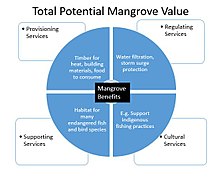
READ MORE:
Future Directions and Research Needs in Ecosystem Services Valuation
As the field of ecosystem services valuation evolves, several key areas have been identified for future research and development. Addressing these will enhance the accuracy, applicability, and impact of valuation efforts, supporting more sustainable environmental management and policy decisions.
- Integration of Ecological and Economic Models: There is a need for better integration between ecological models and economic valuation techniques to more accurately capture the complex interactions within ecosystems and their value to society.
- Valuation of Marine Ecosystem Services: Marine ecosystems are underrepresented in valuation studies. Expanding research to include these critical areas will help in the conservation and sustainable use of oceanic resources.
- Long-term Impact Studies: Understanding the long-term impacts of ecosystem service changes on human well-being requires longitudinal studies, providing insights into the sustainability of current management practices.
- Improving Data Availability and Quality: The development of comprehensive, high-quality datasets is crucial for improving the accuracy of ecosystem services valuation and making it more applicable across different regions and contexts.
- Social and Cultural Valuation: There"s a growing recognition of the importance of social and cultural values associated with ecosystem services. Future research should aim to better incorporate these non-material benefits into valuation frameworks.
- Policy Implementation and Economic Instruments: Research into the effectiveness of policy instruments, such as payments for ecosystem services and green taxation, can provide insights into how best to incentivize the conservation and sustainable use of ecosystem services.
By addressing these research needs, the field of ecosystem services valuation can continue to evolve, offering more robust tools and methodologies for integrating the value of nature into decision-making processes at all levels of society.
Embracing ecosystem services valuation illuminates the path to sustainable development and conservation, ensuring the harmonious coexistence of human and natural systems for generations to come.

